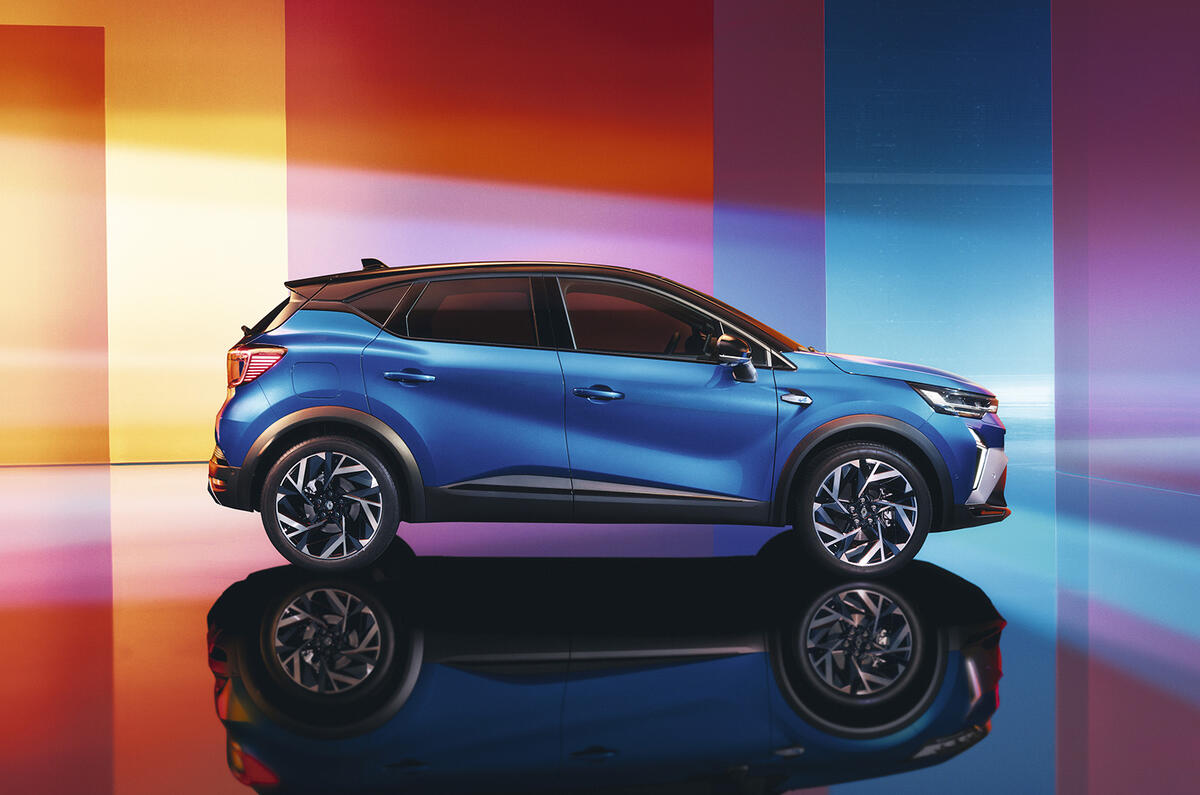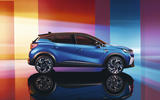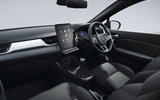The Renault Captur has been redesigned and heavily upgraded for 2024 in a bid to propel it up the ranks of Europe’s hotly contested small SUV segment.
Renault calls it "the B-segment car for living", touting its small footprint but spacious (and 'modular') interior as attributes that make it "at home in the city or off the grid".
Sporting a new front end, which brings it into line with the newer Clio and Scenic, and now available in performance-inspired Esprit Alpine trim, the new Captur will take on the revised Ford Puma and Nissan Juke when it lands in dealerships in autumn.
Aside from the styling changes at the front, the tweaked rear lights and a range of new paint and trim options, the Captur has been most obviously revamped inside, where plusher materials, extra kit and new-generation infotainment combine to give a more "modern" and "upmarket" ambience, Renault says.
The centrepiece of the overhauled cabin is a new 10.4in vertical touchscreen, which incorporates Renault's latest OpenR Link infotainment platform, bringing a raft of new connectivity functions and wireless smartphone mirroring as standard. "It is as intuitive to use as a smartphone," the brand says.
The upholstery differs according to trim level – Techno brings yellow stitching while Esprit Alpine adds blue inserts and French flag motifs, for example – but there is no chrome or leather on offer, in line with Renault's sustainability ambitions. Instead, the firm says, "all the upholstery includes recycled fabrics selected for their low-carbon footprint, without compromising on perceived quality, feel or comfort."
Practicality remains the prevailing focus for Renault's smallest SUV: the rear seat still slides back up to 160mm, there is 24.7 litres of storage space dotted around the cabin and the boot capacity is 536 litres with the seats up.
The Captur is essentially the Clio's taller sibling and, as such, continues to share the supermini's CMF-B platform and choice of two petrol-electric hybrid powertrains.
The entry-level set-up – expected to be priced from around £22,000 – is a 1.0-litre three-cylinder sending 90bhp through a six-speed manual gearbox and capable of around 48.3mpg on the WLTP cycle.
The full-hybrid E-Tech variant, which will cost roughly £29,000, combines a 94bhp 1.6-litre engine with a 48bhp electric motor, an 18kW starter-generator and a 1.2kWh traction battery for 143bhp, 60.1mpg and engine-off driving at up to 27mph for short periods.
















Join the debate
Add your comment
Don't really think that the Captur will really get that far off the grid at all
Not so much hit with the dull stick more NOT hit by any stick at all, so forgettable.